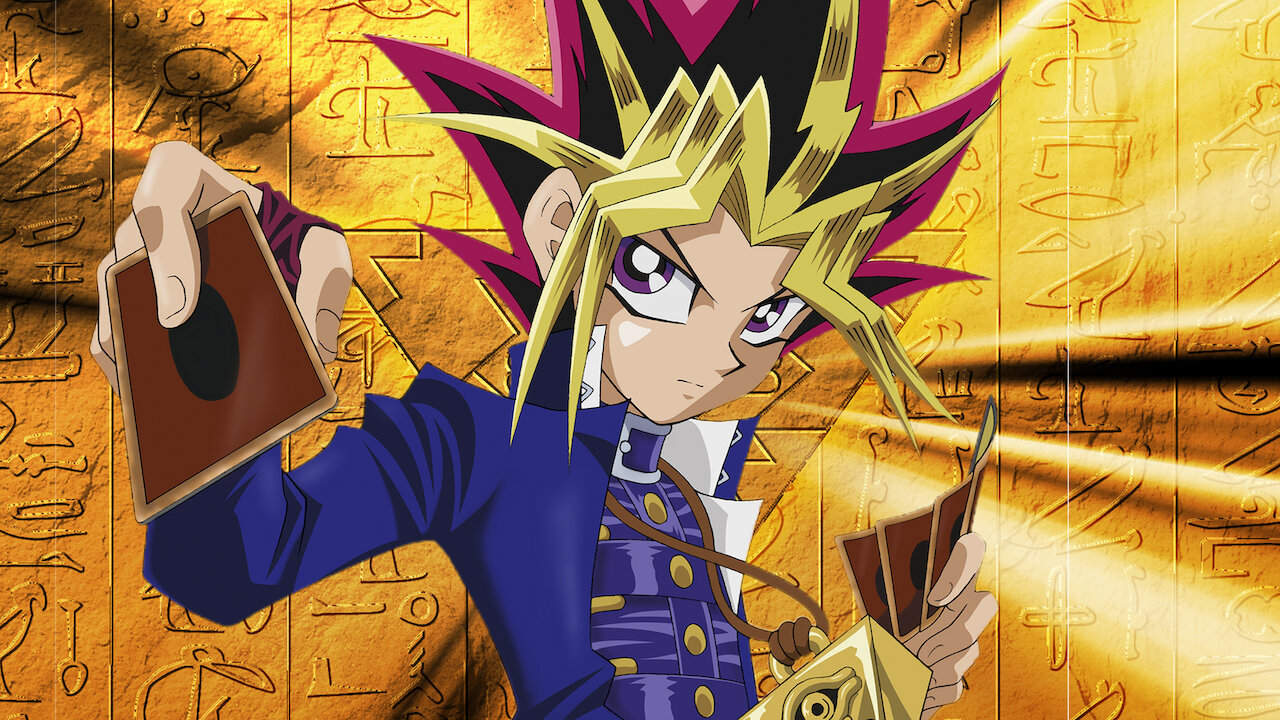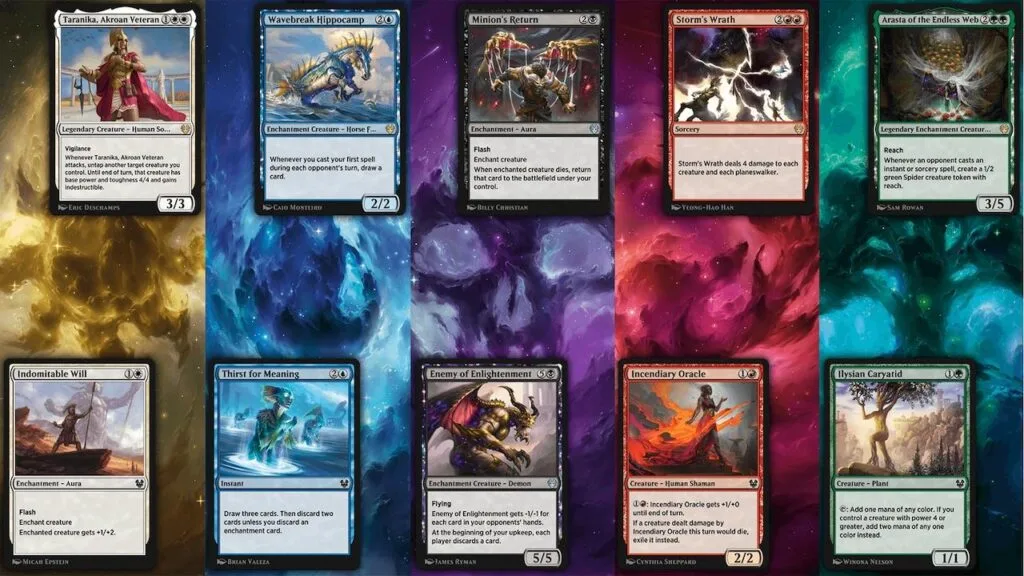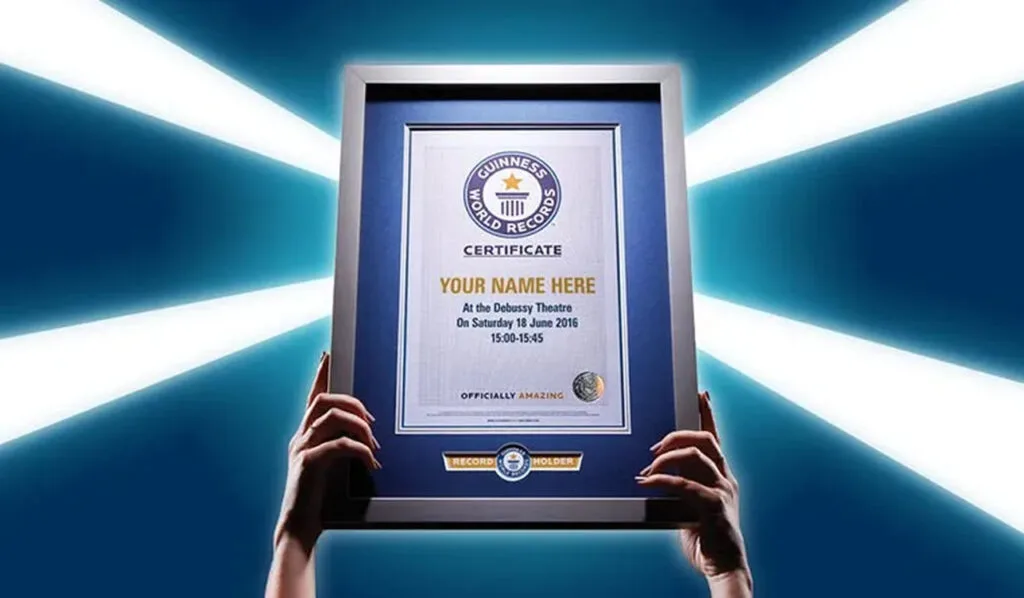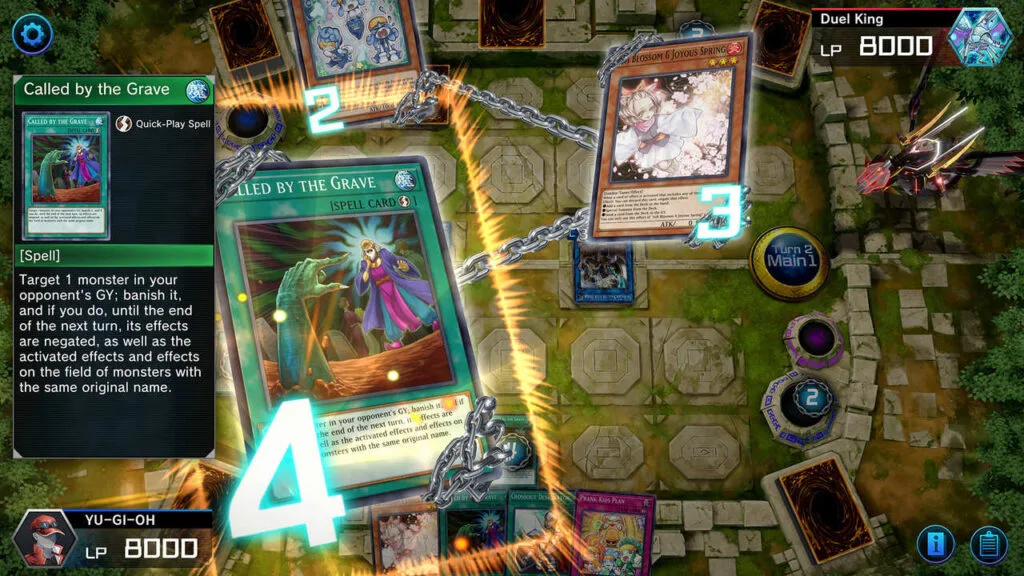
Released in 1996, Yu-Gi-Oh! quickly became an icon of geek culture by popularizing one of the most famous card games of all time. The work appeared on paper, but in a short time it gained visibility and expanded to the small screens and big screens, in addition to the universe of games – digital and physical.
A lot has happened in these 26 years, but the most recent fact involving the work, unfortunately, is not positive: last Wednesday (6), the body of Kazuki Takahashi (60), creator of Yu-Gi-Oh!, was found in the ocean 300 meters off the coast of Nago (Japan). The cause of death is still under investigation.
Rummaging through drawers looking for that old letter or reviewing some anime episodes can be ways to pay tribute to Takahashi. But another good way to honor the artist is by remembering some curiosities – many of them not known – about his main career work.
Yu-Gi-Oh! came from a manga
Image: Reproduction
Although many have come to know the series from the anime, Yu-Gi-Oh! originally appeared in the manga. The beginning of Kakuzi Takahashi’s career was not a great success, but everything changed when the artist released Yu-Gi-Oh! in 1996, published by Weekly Shonen Jump magazine.
It wasn’t until 1999 that the work won a physical collectible version of the card game and, a year later, an anime adaptation.
Card game was not the initial focus

Image: Erik Mclean/Unsplash
As bizarre as it sounds, the series’ focus wasn’t exactly monster card dueling. In the original plot of the manga, the protagonist Yugi Muto is faced with several conflicts that are resolved through various games. The card game, however, was only introduced throughout the plot.
Inspired by Magic: The Gathering

Image: Publicity/Wizards of the Coast
Another curiosity is that the card game seen in Yu-Gi-Oh! was inspired by another classic Trading Card Game (TCG): Magic: The Gathering. So much so that in the manga, the card game was called “Magic and Wizards” — a clear allusion to the original Magic TGC, released in 1993.
In fact, the inspiration was right. The success was such that Takahashi had to change the focus of the Yu-Gi-Oh! for the card game and released the physical TGC of the series in 1999, largely due to fan demand.
Records in the Guinness Book

Image: Publicity/Guinness/Book
Maybe many don’t know, but Yu-Gi-Oh! has been in the record books a few times. In 2009, the work gained the rank of most successful card game with over 22.5 billion cards sold. In 2011, this happened again, with more than 25 billion cards sold by that year.
The series currently holds two Guinness Book titles: the best-selling turn-based strategy series on consoles and the biggest Trading Card Games tournament in the world.
Franchise remains relevant in 2022

Image: Publicity/
Konami Digital Entertainment
The last of the fun facts is that, even after 26 years, Yu-Gi-Oh! remains relevant. According to Konami, the fiscal year ending March this year resulted in revenue of $2.3 billion. And the highlight was for the game Yu-Gi-Oh! Master Duel that hit the 30 million download mark in just three months.
And judging that Takahashi’s creation was able to build an empire estimated at US$90 billion, it’s hard to imagine that she won’t continue to be successful in the coming years.


